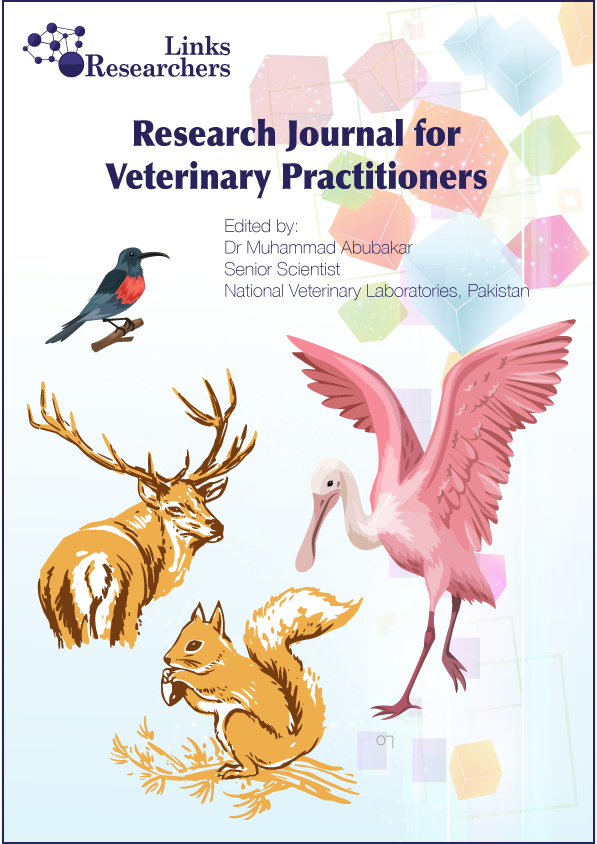Galina N. Leonova1*, Ilya G. Kondratov2, Sergei I. Belikov2
...
Jannatul Noor, Md. Ahaduzzaman, Mir Md. Afzal Hossain, Mohammad Alamgir Hossain, Sardar Abdur Rahim and Md. Samun Sarker
Pam D Luka, Frank N Mwiine, Bitrus Yakubu, Joseph Erume, Ricardo Pérez-Sánchez, Hermann Unger and David Shamaki
Saqib Ali1, Suliman Ali1, Lina1, Wen Zhou1, Muhammad Irfan Waris1, Ashfaq Ali2 and Man Qun Wang1,*
Hussein Aly Hussein1*, Omneya Mohamed Khattab2, Shereen Mohamed Aly2, and Mohammed Abdel Mohsen Rohaim1
Sadaf Shahid1, Abdul Razzaq2, Gul-Makai1, Asim Shamim3*, Hafiz Muhammad Rizwan4, Rana Hamid Ali Nisar5, Qaiser Akram6, Mohsin Nawaz3
Wael Felefel1*, Mohamed EL-Beskawy2, M. F. El -Dakroury3, Mohamed Morsi Elkamshishi4, Eman Sayed Mohammed5
Aiman Batool1, Muhammad Sohail Sajid1,2*, Hafiz Muhammad Rizwan3**, Asif Iqbal4, Imaad Rashid5, Ibadullah Jan6, Faiza Bano7, Fiaz Ahmad8, Waqas Ahmad1, Muhammad Nisar Khan1
Muhammad Usman1*, Aneela Zameer Durrani1, Nasir Mehmood2, Muhammad Hassan Saleem1 and Mamoona Chaudhry3
Hidayat Ullah1, Sadia Tabassum1, Sultan Ayaz2, Shumaila Noreen1, Atta Ur Rehman1, Naveed Akhtar3, Muhsin Ali3, Zaib Ullah3* and Sajid Mahmood1,4
Alisher Safarov1*, Nasreen Nasreen4, Firuza Akramova5, Shukhrat Djabbarov1, Adolat Mirzaeva5, Javokhir Esonboev5, Djalaliddin Azimov5, Mourad Ben Said2,3
Arslan Muhammad Ali Khan1, Rao Zahid Abbas1*, Zia ud Din Sindhu1, Muhammad Shahid Mahmood2
Asma Sadia Authoy2, Aneek Chanda2, Aparna Datta3, Md Shohel Al Faruk4, Towhida Kamal1*
Kalsoom Abdulrazaq1*, Bisma Arif1, Rimsha Mehboob2, Asma Mehboob3
Karima Akool Al-Salihi1*, Luay Jumaah Jihad2, Abbas Najm Aldin Saleh3
Anisa Mushtaq1, Murtaz ul Hasan1*, Asim Shamim2, Muhammad Ali Abdullah Shah1, Muhmamad Arif Zafar3, Abdul Asim Farooq4, Aayesha Riaz1, Muhammad Kamran1 and Saif ur Rehman1










